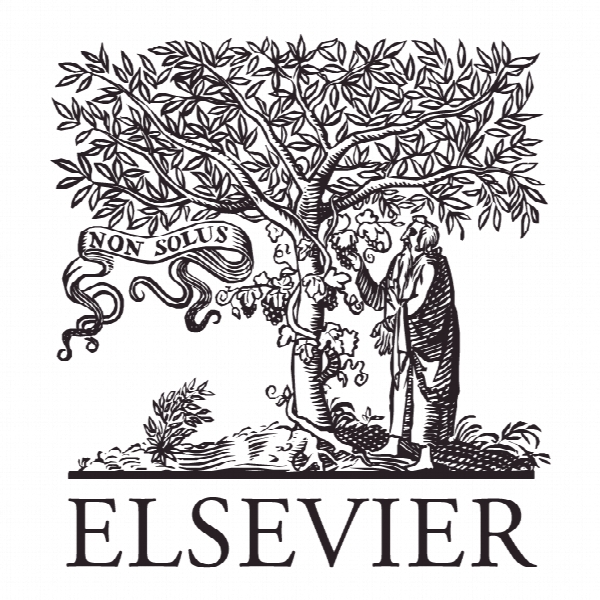تجزیه و تحلیل انعطاف پذیری استراتژیک مهارت نانو فناوری اگروفود نیاز به شناسایی دارد Strategic flexibility analysis of agrifood nanotechnology skill needs identification
- نوع فایل : کتاب
- زبان : انگلیسی
- ناشر : Elsevier
- چاپ و سال / کشور: 2017
توضیحات
رشته های مرتبط مدیریت و کشاورزی
گرایش های مرتبط اقتصاد کشاورزی
مجله پیش بینی فنی و تغییر اجتماعی – Technological Forecasting & Social Change
دانشگاه گروه مدیریت بهداشت و مدیریت و مدیریت سازمانی، دانشکده تجارت، کوینیپیاک، ایالات متحده
نشریه نشریه الزویر
گرایش های مرتبط اقتصاد کشاورزی
مجله پیش بینی فنی و تغییر اجتماعی – Technological Forecasting & Social Change
دانشگاه گروه مدیریت بهداشت و مدیریت و مدیریت سازمانی، دانشکده تجارت، کوینیپیاک، ایالات متحده
نشریه نشریه الزویر
Description
1. Background of study The world is experiencing significant, largely economic and sociotechnical, induced change. These induced changes are meaningful with a function of people taking collective actions around common beliefs. These changes are more than jargon, cliché and hyperbole, and they are effecting major transformations. These transformations however, should consistently meet the growth expectations of various constituents in an increasingly competitive global marketplace through a kind of leadership that solves complex social, economic, and political problems by leveraging the opportunities of an interconnected world (Holliday, 2013; Scheinfeldt, 2012). These game changing developments have the dimensions of space and time. An action of a group of people or individual can have a game changing impact in just a particular locality or region; or can have global impact (Yawson, 2015). These transformations will impact on how human resources are developed and we need to be able to forecast its effects. In order to produce such forecasts, Human Resource Development (HRD) needs to become more predictive – to develop the ability to understand how human capital systems and organizations will behave in future. Further development of systems models is required to allow such predictions to be made. Critical to the development of such models will be to understand that linear epistemology cannot be the dominant epistemology of practice and that dynamic complexity of challenges confronted by HRD professionals in their daily research and practice requires a nonlinear epistemology of practice, rather than reductive or linear thinking or processes of normal science (Yawson, 2013). Central to this will be the use of systems approach in HRD research. A systems approach in which physiognomies of one level in a hierarchy are reconnoitered as emergent properties of processes lower down in the hierarchy (Norris, 2012), will be important for making HRD predictions in novel conditions. The reason for this is that systems approaches do not assume that the validity of a systems description is interminable (as do phenomenological models by definition), “they rely on the fact that the internal processes will continue to operate into the future and that their operation will be in some way altered by the changed conditions” (Evans et al., 2012, p. 164). The higher order emergent properties change as a consequence of the shifts in the internal processes not because the higher order effects themselves have been projected into the future (Evans et al., 2012).


